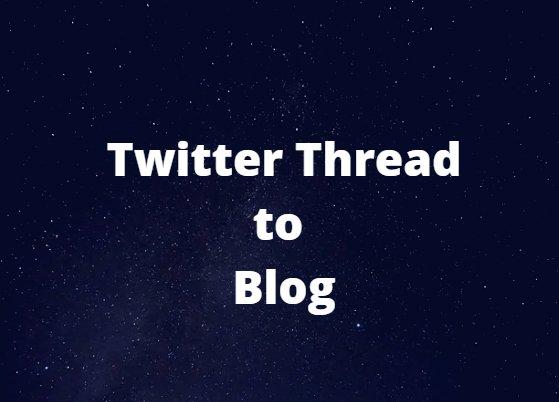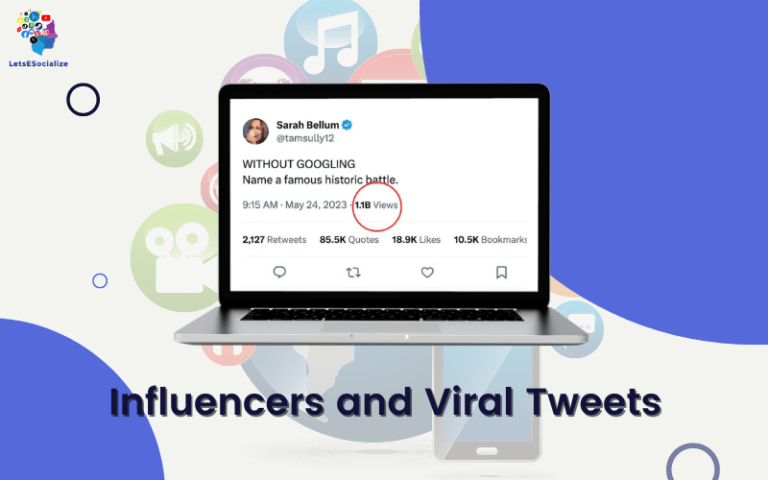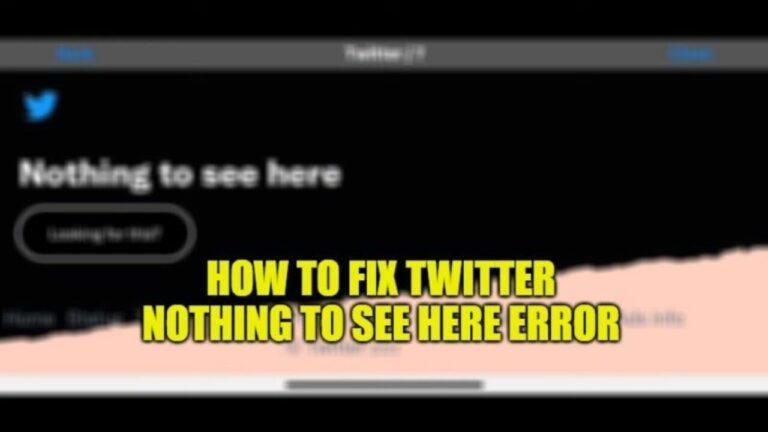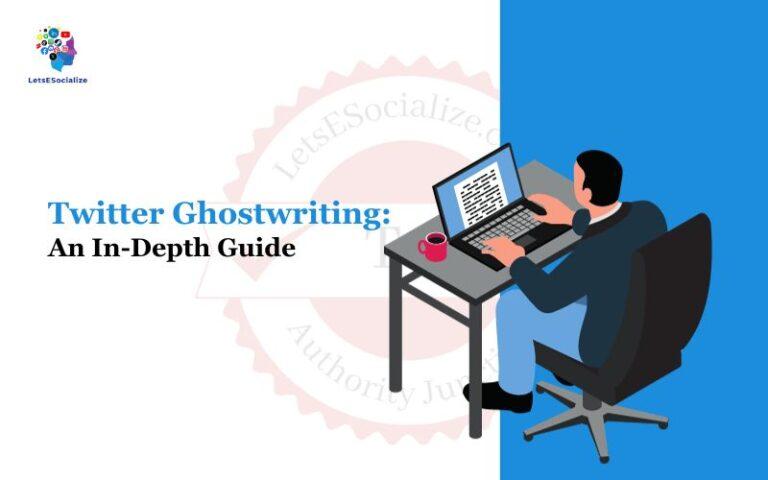Twitter threads have become a popular format for commentary, storytelling, and idea-sharing on the platform. For those looking to repurpose quality threaded content into blog posts, the disconnected, multi-tweet Structure structure of threads poses some challenges. Fortunately, there are now several tools available to help quickly convert Twitter threads into seamless long-form blog posts.
This guide covers the best tools for converting Twitter Threads into blog posts, along with optimization tips and use cases for transforming threads into shareable articles.
Table of Contents
The Appeal of Threads for Blogging
First, let’s look at why Twitter threads are worth converting into blog posts:
Already Created Shareable Content
Threads contain narratives, commentary, and anecdotes with audience appeal pre-built, saving content creation time.
Takes Advantage of Viral Threads
Capitalize on viral threaded commentary with time-sensitive repurposing while the buzz is high.
Thought Leadership Material
Expert commentary threaded by influencers provides readymade thought leadership content.
Audience Extension
Reposting threads into blogs exposes the content to new audiences beyond Twitter.
Backlink Opportunity
A blog converting a thread can link back to the original for added domain authority.
Evergreen Topic Potential
Some threads on universal topics have a timeless quality suitable for evergreen blog content.
The foundation is already in place – conversion helps maximize threads’ value.
Also read: Best Twitter Threads of All Time
Challenges of Converting Threads to Blogs
While the appeal is evident, Twitter threads come with some inherent challenges for converting into blog posts:
Fragmented Structure
The staccato, the multi-post format of threads, needs to transform into a flowing blog narrative.
Link Decay
Links referenced within threads often need to be more consistent over time after initial posting.
Lack of Context
Threads on current events may lose relevance without context when repurposed later.
Multimedia Limitations
Non-text content like images may be lost when converting threads to text-based blogs.
Attribution Concerns
Proper attribution expectations for the original thread author need to be understood.
Promotion Needs
Driving readers from the original thread to your converted blog poses discovery challenges.
While surmountable, these factors require planning for an effective thread conversion process.
Benefits of Converting Threads to Blogs
Despite the challenges, converting threads into blog posts, when done well, offers significant benefits:
- Preserves ephemeral threads in a more findable, evergreen format after Twitter buzz subsides.
- Easier reading experience for long narratives vs disjointed tweets.
- Flexibility for expansion with background info and multimedia.
- Monetization potential through ads on blog content.
- Measurable engagement via blog views, comments, and shares.
- Search engine discoverability for driving ongoing traffic.
- Authority and trust through published blog content for creators.
Converting threads to blog posts adds longevity, control, and marketing potential.
Evaluating Threads for Conversion Suitability
Not all Twitter threads necessarily make for effective blog fodder. When assessing threads for conversion potential, look for the following:
- Self-contained narratives with a beginning, middle, and end.
- Appealing authorship from known experts or storytelling brands.
- Broad interest appeal beyond just current event novelty.
- Writing quality that flows and engages readers.
- Evergreen relevance of the commentary and insights.
- 8+ tweets long with enough substance for a full blog post-expansion.
- Supplemental media like images that can be incorporated.
- Measurable engagement showing existing audience interest.
- Conversational tone reflecting the norms of blogging voice and style.
This criteria helps zero in on threads with the right DNA for conversion.
Tools to Convert Twitter Threads into Blog Posts
Specialized tools now exist to automate converting threads into blog-ready long-form posts. Top options:
Threader
Threader is one of the most robust conversion tools available:
- Pastes thread tweets into a flowing post
- Formats text, headers, and fonts for blog style
- Imports tweets, including images
- Exports as text, WordPress XML, Google Doc
- Chrome extension for quick access
Easily automated rebuilding of any thread into a blog post.
Thread Reader App
A similar set of useful features:
- Cleans up and combines tweets into one article
- Exports in multiple formats like PDF and Google Doc
- Creates footer with tweet timestamps
- Bookmarklet to quickly send threads from Twitter to the tool
- Thread Reader mobile apps
Wide export flexibility for blogs.
Viral Thread
Viral thread offers:
- One-click to merge tweets into post text
- Formatting options like fonts and text size
- Preserve Twitter usernames and timestamps
- Exports to WordPress XML and other formats
- Pricing based on the number of monthly conversions
Simple automated conversion process.
Twread
Thread provides:
- Basic thread to blog post merging
- Exports to PDF, Google Docs, Evernote
- Browser extensions for capturing threads
- 7-day free trial, then paid plans
More limited but still handy conversion features.
Other Tools
Tools like Bitly, Contenttools.io, and Pie also combine threads into shareable article formats for repurposing.
Best Practices for Converting Threads to Blogs
To optimize threads for readability and engagement once converted into blog posts, keep these guidelines in mind:
Rearrange structure
Strategically reorder tweets for better flow, moving transitional tweets earlier or later.
Compose Transitions
Add transitional phrases between tweets to bridge the content and create cohesive paragraphs.
Write Introduction
Draft a short intro paragraph previewing the narrative to come.
Enhance Headlines
Create engaging blog headlines and section headers from content.
Incorporate Multimedia
Embed any images, charts, or graphics from tweets or add new visuals to complement the post.
Expand On Points
Elaborate on interesting tweets with additional background information and context where beneficial.
Link Replacement
Swap out any dead tweet links for alternate evergreen supporting sources.
Prominent Attribution
Credit the thread author prominently and link to their Twitter profile.
These enhancements help thread conversions read as natural blog articles.
Driving Traffic to Thread Blog Posts
Once threads are converted into blog posts, some promotion tactics can help drive readership and traffic:
- Share the blog post link directly in the original thread for current participants to click through.
- Promote on social channels like Twitter, LinkedIn, and Facebook to reach beyond existing thread audience.
- Email posts to relevant newsletters or groups with interest in the topic.
- Interlink blog content where appropriate within other relevant posts to increase discovery.
- Monitor clicks from Twitter to identify influential accounts to ask for shares politely.
- Publish follow-up commentary posts linking back to converted threads for added exposure.
- Pitch converted high-value threads as contributed posts to industry publications.
- Outreach to thread participants who showed high engagement.
Leveraging both existing and net new audiences helps maximize reach.
When NOT to Convert Threads to Blogs
While many threads make for timely blog fodder, also consider avoidance in these cases:
- Niche interest threads on topics appealing only to a limited audience.
- Controversial commentary that could polarize readership.
- Time-sensitive threads on fleeting current events lack evergreen value.
- Poorly written or incoherent threads that won’t engage readers.
- Expired threads on stale topics where too much time has passed.
- Overly promotional threads focused on sales pitches vs insight.
- Factual thread topics are better served by Wikipedia-style content.
Assessing conversion suitability avoids wasted effort repurposing ineffective threads.
Ethical Considerations for Thread Conversions
When repurposing threads into blogs, adhere to some ethical ground rules:
- Don’t edit thread content or messaging without permission.
- Remember to pass off a converted thread as your original work.
- Avoid selective excerpting that misrepresents the full-thread narrative.
- Seek consent before significantly adapting or expanding on content.
- Allow the original author to review the post and provide feedback.
- Check with the author on how they wish to be attributed.
- Secure permission before publishing under your own monetized brand name.
Maintaining open communication and transparency with the thread author avoids misuse.
Key Takeaways for Converting Threads into Blogs
Twitter threads provide a fertile source for repurposing into blog content with the aid of conversion tools:
- Assess threads based on engagement, writing quality, and evergreen appeal before converting.
- Use tools like Threader and Thread Reader App to combine tweets into blogs automatically.
- Rearrange structure and add transitions and intros for cohesive articles.
- Embed tweets, expand details, and replace links to optimize formatting.
- Promote across social channels and directly to engaged audiences.
- Avoid niche interest threads or controversial commentary lacking broad appeal.
- Maintain ethical standards around permissions, accuracy, and author consent.
With the right approach, high-quality threads converted into blog posts can engage new audiences long after the Twitter buzz subsides.







